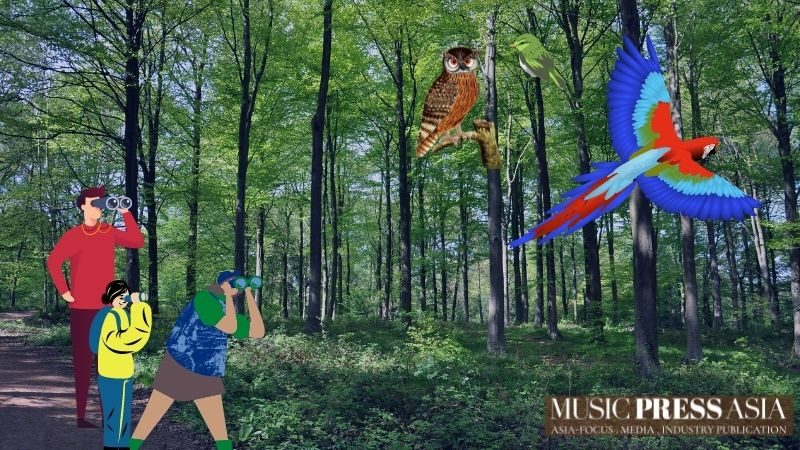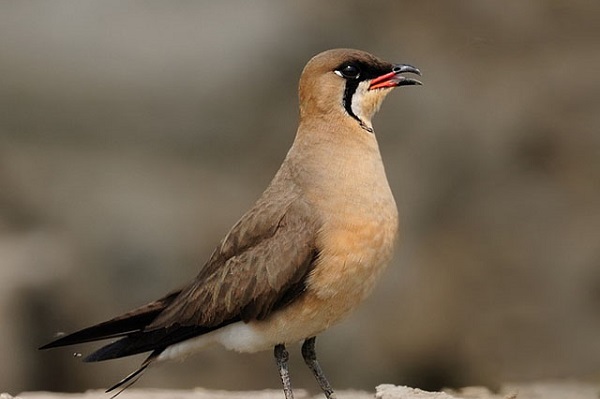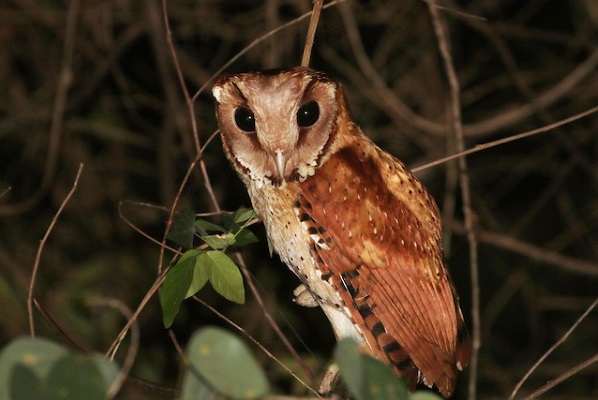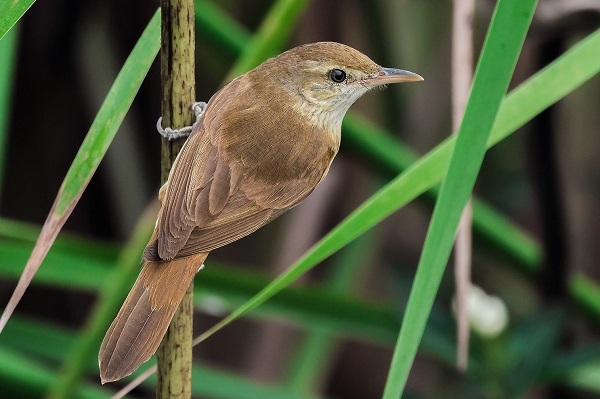A Mini Guide to Bird-Watching in Perak

My obsession for music as much as for bird-watching has always been an ever-increasing interest. Here’s three species spotted over the weekend.
With roots in Perak, I head over the hills to some of the hottest spots in this old mining region in Perak to indulge in species of a feathery kind. However, the story isn’t ending here.
As part of an ongoing project, we’ve decided to spill the beans. Musicians, artists, or even writers have hobbies. And if you ever wonder what writers and editors do when headphones aren’t plugged in our ears or when a musical instrument isn’t nearby, then read on.
For centuries, birds have always been a source of inspiration for songs and poems. These species roam the skies and jungle canopies, away from our prying eyes to find solace, rest, and food.
Hence, we go to the heart of their God-given characteristics and structural beauty to attain perspectives and how their beauty continues to manifest into lyrics and beautiful melodies we know today.
Oriental pratincole L. Glareola maldivarum
“To us musicians, we think their voices sound just like little tremolos followed by quick grasps – completely breathless at the end.”

The Oriental pratincole (L. Glareola maldivarum) is a wader. A migratory bird known to spend its non-breeding season in Australia, it is also known also as the grasshopper-bird, swallow-plover, or Terik Asia (Indonesia).
Most noticeable perhaps is its black bill with a red gape and elegant black necklace surrounding its pale yellow throat.
In the East Asian-Australasian Flyway, the Oriental Pratincole is recorded on passage in central and north-eastern China, Hong Kong, Japan, Indochina, the Malay Peninsula, and irregularly in Micronesia.
Spotted mostly surrounding the areas of the Malim Nawar Mining Pool in Perak, this bird exhibit strength and resilience because of its population size. It breeds in colonies at the edge of wetlands such as lakes, rivers, rice fields and feeds aerially on insects like dragonflies, cicadas, ants, moths, flies, and bees.
Oriental Bay-Owl / Barn Owl L. Phodilus badius
“The hoots of an owl is never completely a lonely affair. A single owl hoot is like a soloist whistling in high pitches accompanied by darkness and stillness of the night.”

The Oriental Bay-Owl (L. Phodilus badius) has incredible vocals that come in rasps, screams, and inflected gulping hoots. It can be found throughout Southeast Asia and parts of India.
This rare bird has a heart-shaped face with ear-lie extensions. And live most comfortably in woodland, plantations, and mangrove swamps surrounded by humid and tropical climates.
Lizards, rodents, and frogs are their favourite food source.
Its typical song is a series of four to seven loud, melancholic fluted whistles and can last up to eight seconds. It starts out loud, with the later notes rising slightly in pitch. And sometimes, they alternate with a shorter whistle, that goes kleet-kleet-kleet when moving between places.
Oriental Reed Warbler L. Acrocephalus orientalis
“This bird has a complex song as complicated as the operatic work of Wagner. Not only it is loud, it sings from its guts.”

The Oriental Reed Warbler (L. Acrocephalus orientalis) is a passerine bird of eastern Asia belonging to the reed warbler genus Acrocephalus. Its plumage, although the least remarkable of all in this list, is often seen perched on top of a stalk belting its heart out.
It finds breeding grounds in marshes, paddy fields, grassland, and shrubs in the regions of Siberia, Mongolia, northern, central, and eastern China, Korea, and Japan. In the winter, it seeks shelter in northeast India and across Southeast Asia.
All audio of the bird species described above can be found on www.ebird.org
Oriental pratincole image credit: Andy Li
Oriental Bay-Owl image credit: ebird.org
Oriental Reed Warbler image credit: ebird.org






